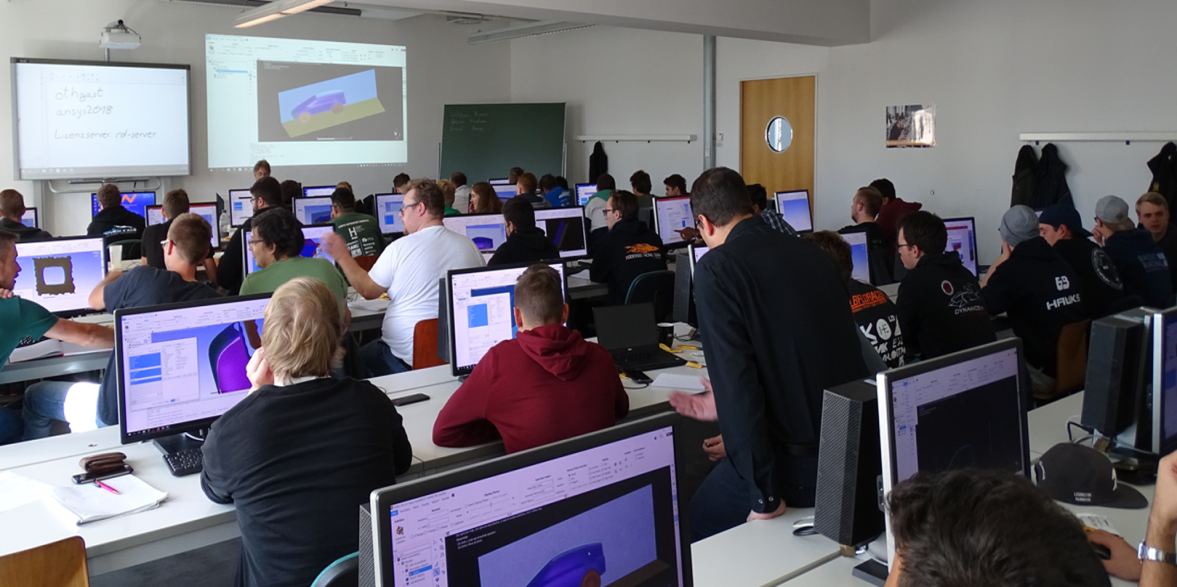Training and development is a crucial part of human resource management (HRM) which emphasizes on employees’ improvement. It helps with enhancing individual’s skills and knowledge through training and development programs which expands their prospects.
Methods of Training and Development
Lectures:

Lectures are the most traditional training method and are cost effective too. Companies use this method to train a large number of employees with similar training needs in less amount of time. Trainers can share huge amount of information to a large audience in much less time.
Job Rotation:
Another training and development method which is very effective is job rotation method. In Job rotation, the employees are temporarily moved to different departments from their current one. This allows employees to meet with all sorts of people and performs different job tasks rather than their routine tasks. It gives them a deeper understanding of how different departments work, and how all these departments inter related work collectively completes a job for the organization. It works effectively for smaller organizations, where an employee can be asked to perform multiple or different tasks.
Apprenticeship Training:
In apprenticeship training, the trainees are known as apprentices. These apprentices are normally not trained and work under the skilled instructors at lower remuneration. This method is apt for that work which can be easily learned in a short period of time by working under an expert supervision. After the training is completed, the employees reach a certain level of skills that is required for the job.
Job Mentoring:
As the name suggests, in this method, the company asks a senior employee to be a mentor, counselor or guide for the new trainees. It is on one to one basis training and usually used for managerial position candidates. It helps the trainee a lot in terms of confidence as they gets the required tips, suggestions and support from a mentor.
Simulation:
A virtual environment that resembles and gives the idea of the real work environment is created as a part of simulation training. It allows employees to learn without making mistakes on actual projects or damaging costly equipments. Employees can take their time and learn from their mistakes which ultimately help them acquire the required expertise to perform the real task.
Case Study Method:
In this method, the case reports on the business issues and challenges faced by other companies are presented to the trainees. They study and analyze the problems in these reports carefully so as to suggest different approaches and solutions. It not only improves the analytical and reasoning skills of the trainees but it helps their independent thinking grow as well.
Role Playing Method:
In this method, a hypothetical scenario is created and different roles are assigned to the trainees. As the interactions are not scripted, and as the trainees go on to play their roles, they unknowingly exhibit their real behaviors. While teaching negotiation, selling and grievance handling skills, companies use this method to teach their trainees effectively.
In Basket Method:
In Basket method, the trainees are taught through tasks. They receives a packet or basket which contains papers and files related to many different types of tasks like mails, calls, memos or business meetings. In a limited time period, they have to prioritize different tasks as well as prepare their action plan to complete the tasks in an optimal way. This method effectively helps trainees improve their organizing abilities, decision making abilities as well as improve their problem solving skills.






